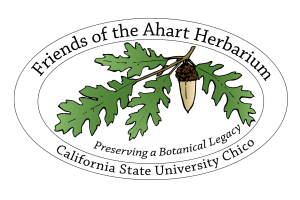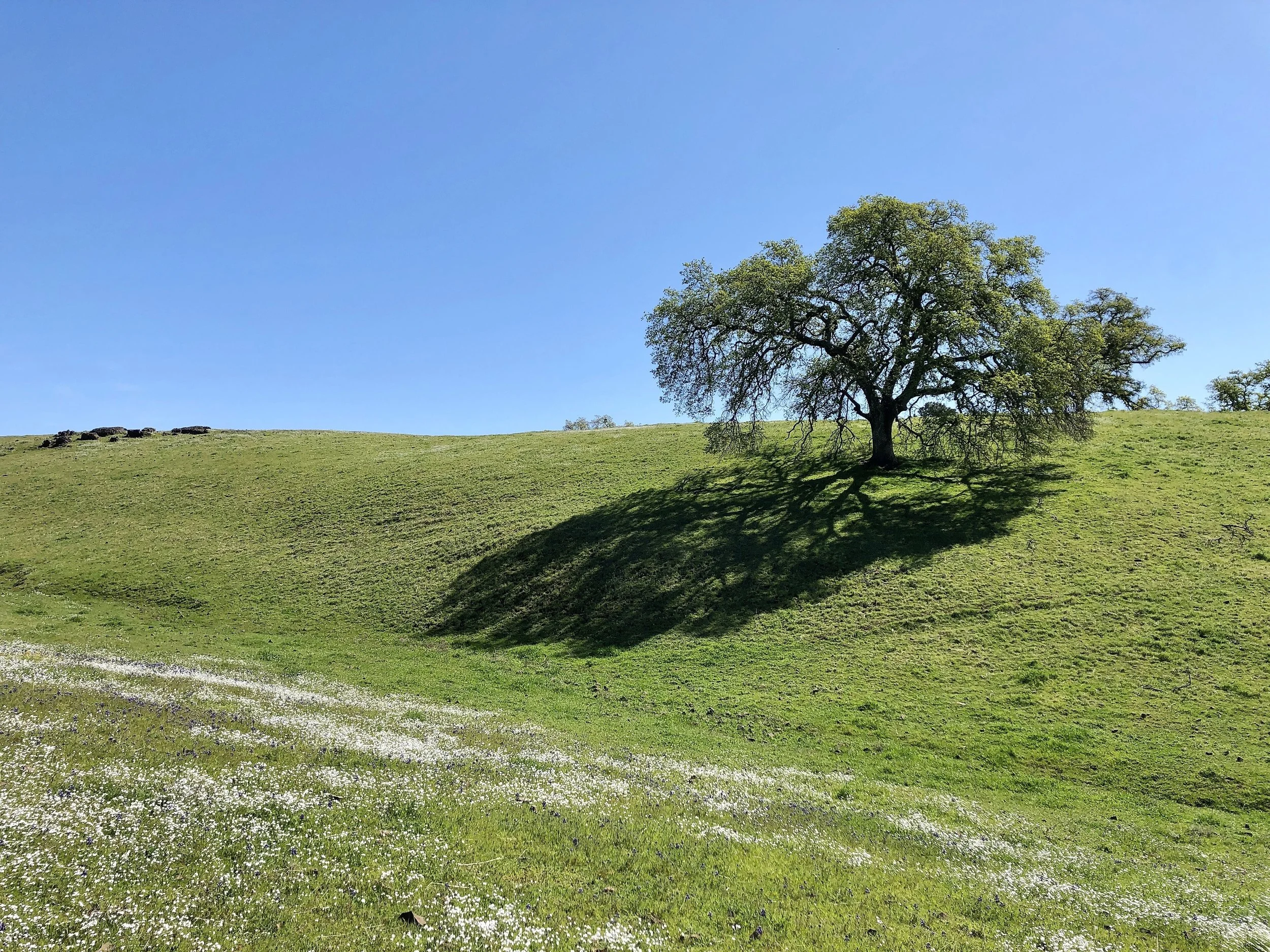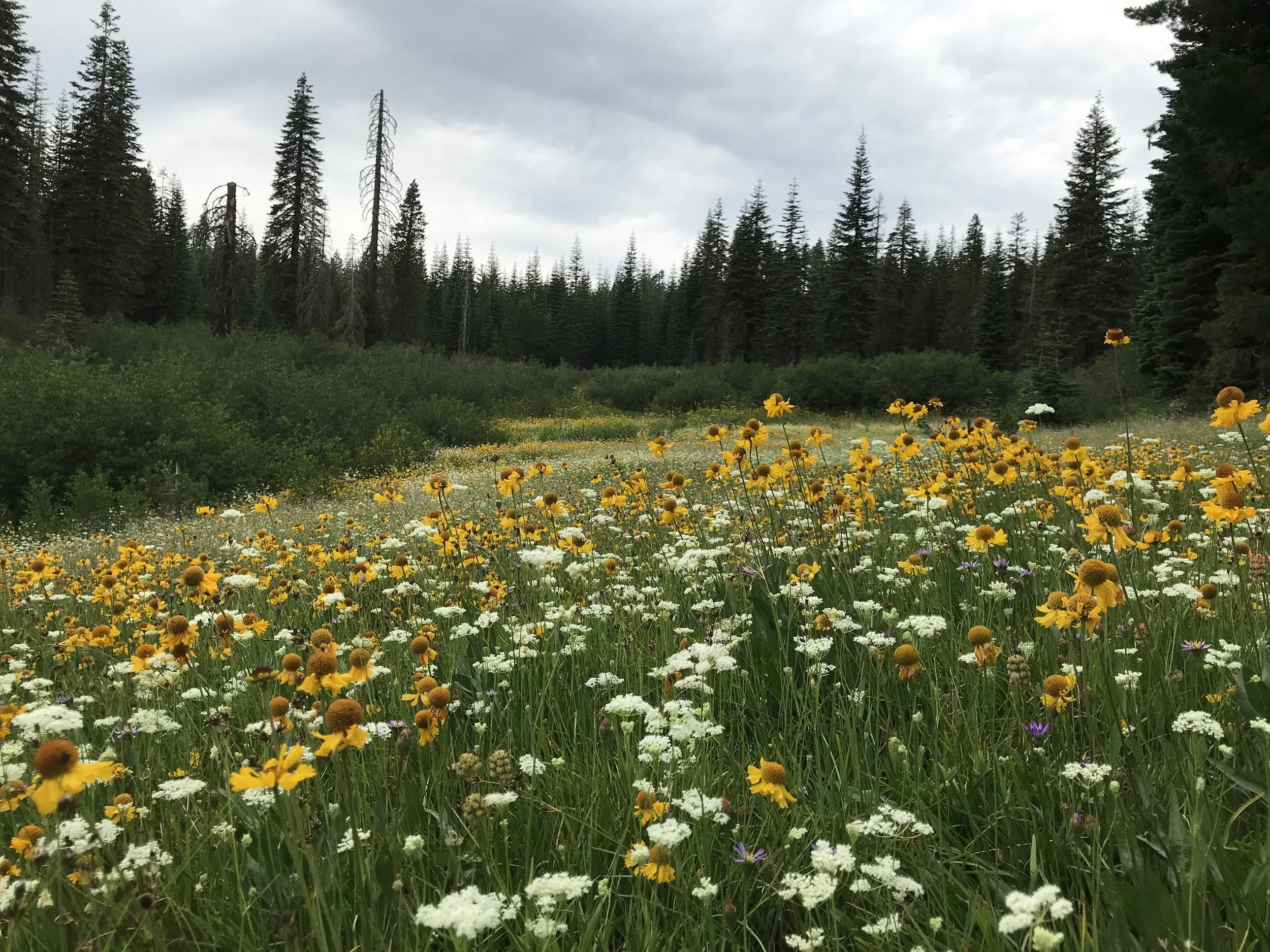
High Elevation Ephemeral Geophytes: Fire & Other Disturbances at Snowline
Ephemeral geophytes at high elevations are only available for study for five to six weeks after snowmelt and therefore are rarely investigated. From 2009 to 2021, Hal Mackey and Rob Schlising collected life history data on the closely related Dicentra uniflora and Dicentra pauciflora in the Cascade Range of northeastern Butte County, California, through field surveys and plantings. Join us to learn how these 16 years of data have provided insights into recovery times and persistence after major forest fires.
































